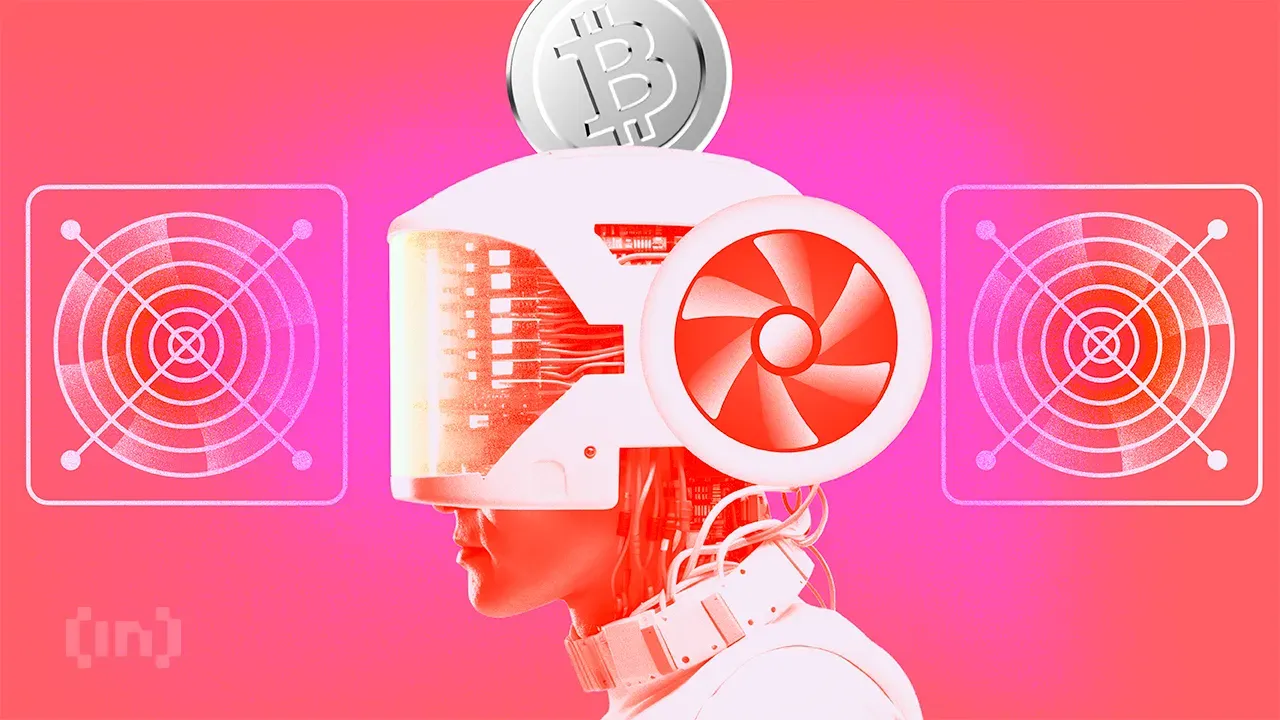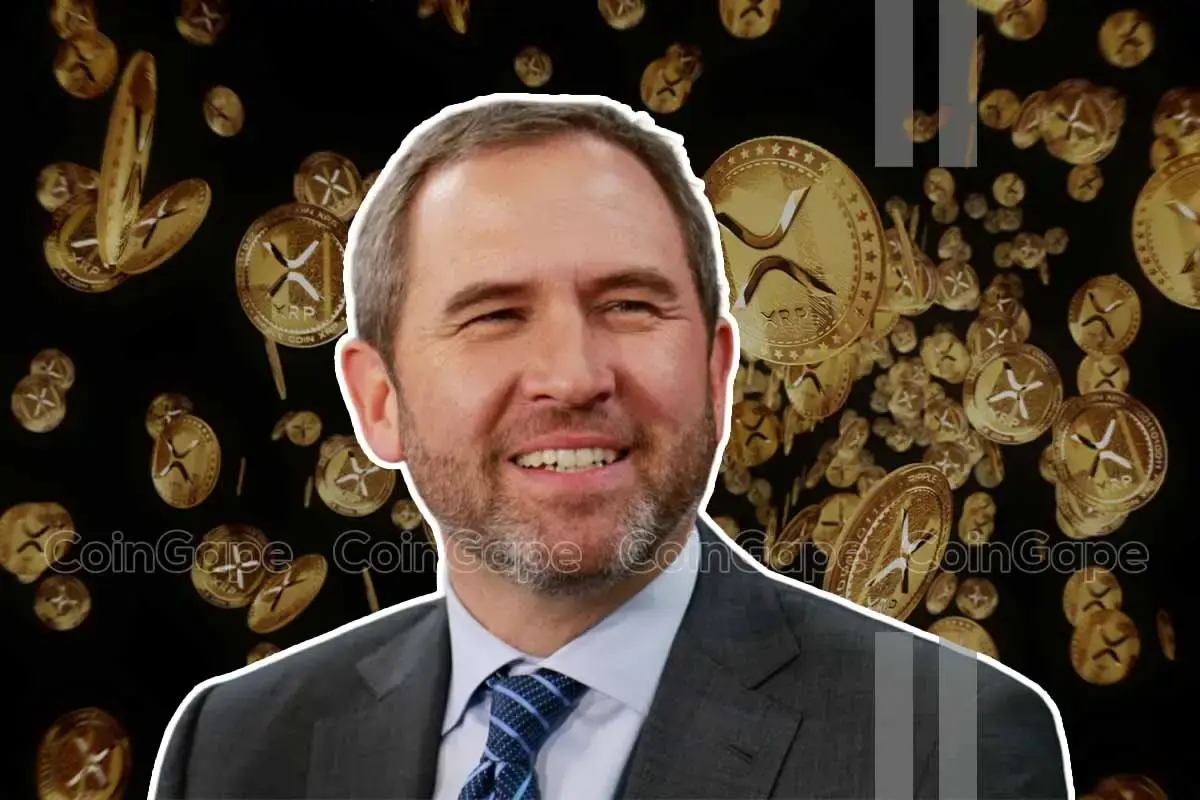Market
Yat Siu Talks Blockchain Gaming and Digital Identity

Yat Siu, co-founder and executive chairman of Animoca Brands shared his unique perspective on the evolving landscape of Web3, drawing from his extensive experience in tech innovation and his multicultural background.
In a recent interview with BeInCrypto, Siu highlighted the stark contrast between Eastern and Western attitudes. He also offered valuable advice for aspiring artists in the age of AI.
As a global leader in blockchain and gaming, Siu’s vision for the future of blockchain technology was evident in his discussion of Mocaverse, a project aimed at solving digital identity issues in Web3. His insights on China’s approach to blockchain and Hong Kong’s role as a crypto sandbox provided a nuanced view of the industry’s global dynamics.
Q: Why do you think the MOCA price rose significantly, compared to other Game tokens?
There is a whole series of tokens that haven’t done that well. But some have done well like Bitcoin, Ethereum, Solana, and TON, plus in our case, I would argue MOCA, too. The key difference is the institutional support. Projects with institutional backing tend to perform more stably. Starting with the Bitcoin ETFs, I think we’re entering an institutional era of crypto, meaning that, to stand out, you now need institutional support.
Q. How does the institutional support help the growth of projects?
The traditional stock market is by-majority institutional, but the token market is by-majority retail. In an institutional market, you diligently research to know what the project is about because you have large purchasing power and long-term planning.
Retails have a lot more short-term behavior naturally. For instance, Pump.fun launched two million tokens in the last 6 months. It is amazing as a business model, but also concerning. Among the new tokens, many of them are very small, and may also be very speculative.
An institution will not invest in Pump.fun. They have discipline. In this age, projects that have institutional support and capability become much more relevant.

Q: As an advisor to the Hong Kong Government’s Web3 Task Force, how do you interpret the recent atmosphere of the industry in China and Hong Kong?
Although President Xi Jinping put blockchain technology into his agenda, you can’t just assume by China saying “we’re supportive of blockchain”, that they will allow Bitcoin to be traded in China. You can’t even trade the US dollar in China, and what makes you think it should be okay to do crypto?
But there is a role for Hong Kong, which has been a financial clearing house for international capital in and out of the mainland.
It makes sense that Hong Kong is becoming pro-Web3 and pro-Crypto because it is the sandbox for China. If something happens, it can happen in Hong Kong and won’t affect China. Moreover, Chinese capital might flow out to other places, but it would rather be in Hong Kong, a free market under China’s influence than move to the US ally’s soil like Singapore.
Read more: Crypto Regulation: What Are the Benefits and Drawbacks?
Q. You have a Chinese background, but you grew up in the West, in Austria. How do Web3 and GameFi differ between East and West?
Asia is more pro-capitalist and the West is split between capitalism and, especially in Europe, more socialism. In Asia, even in China, they are capitalists by nature, and it doesn’t matter if you are called the Communist Party. That is not true for Europe and many young Americans. So if you’re a gamer in Asia, you make money with your assets and it’s okay because by nature you are comfortable with capitalism. But in Europe, people don’t necessarily agree with that. In America, the younger generation doesn’t necessarily believe in capitalism because it hasn’t worked for them.
There’s an ironically greater love of capitalism in Asia, which is why DeFi and GameFi are growing. I wouldn’t say everyone, but there’s a much louder voice of people in the West who don’t like it. If you talk to gamers in the West, they will say “I don’t want money to swallow my game”.
Q. Between Game Boy (of Nintendo) and Game Science (of Black Myth: Wukong), which one would you choose?
I would go for the Game Boy. I’m very proud that Black Myth: Wukong can be a global hit coming out of China. It’s an interesting moment. However, Wukong would not have been possible to be popular if it wasn’t for the earlier kinds of Asian game companies and Asia-led culture booms leading the way. In other words, the Chinese moment came thanks to Japan and Korea. Japanese anime paved the way for K-pop and K-drama, and K-culture did the same for China. Even if Wukong might become bigger, Gameboy should be respected.
Q: You studied music in college in Vienna. As an artist, what advice do you have for aspiring artists in the age of AI?
Regardless of what you do, especially for those who want to do creative things, it is important to own your property. The most successful musicians like Michael Jackson had a growing asset base because they owned their intellectual properties. On top of that, you need to understand money and business which we don’t teach in school. You can’t have independence if you outsource the value of the system. If you have an idea, if you create music, if you’re a performer, the important thing is to make sure you own enough of your property to have the long tail benefit for your work. Maybe it would make no difference if you’re not very successful, but if you have something successful, you know what I mean.
Q. How can blockchain benefit content creators?
The biggest theft in Web2 was those like YouTube, Instagram, and Tiktok. In the early days of YouTube, mukbangs, live-streamed videos where viewers watch the host eat, were very popular, but even when the creators became famous, the content was not theirs and they lost the IPs to YouTube. The same is true for Instagram, and when people take a photo on Instagram, they spend a long time getting the angle. But they don’t get paid for the work or its IP. Even when you make a video that goes viral on TikTok, you get nothing. In Web3 with blockchain, you own the property. If you mint it as an NFT, you have the history and the record. You will be able to defend theft from the blockchain. You can’t stop it, but you can trace and claim its ownership. That’s the point.
Q: What major factors of the industry have drawn your attention recently?
The crypto industry has grown over the last 12 months. We’ve had a lot more launches, a lot more projects, and a lot more people involved in the space.
In particular, we’re excited about TON and Mocaverse. The TON ecosystem brings many users into Web3 and our games like Gamee now have 90 million users. And for the Mocaverse, we think it’ll solve digital identity. Often it is the same people who are essentially farming the tokens which is a problem. You want to make it more distributed and you want to make it not go to bots but to individuals. You need an identity solution, and that’s what Mocaverse is doing.
Disclaimer
In compliance with the Trust Project guidelines, this opinion article presents the author’s perspective and may not necessarily reflect the views of BeInCrypto. BeInCrypto remains committed to transparent reporting and upholding the highest standards of journalism. Readers are advised to verify information independently and consult with a professional before making decisions based on this content. Please note that our Terms and Conditions, Privacy Policy, and Disclaimers have been updated.
Market
BeInCrypto US Morning Briefing: Standard Chartered and Bitcoin


Welcome to the US Morning Crypto Briefing—your essential rundown of the most important developments in crypto for the day ahead.
Grab a coffee to see how Standard Chartered sees early signs of institutional investors turning to Bitcoin as a hedge against equity market volatility, just as traders gear up for a potentially volatile week driven by tariff news. At the same time, Coinbase wraps up its worst quarter since the FTX collapse, and U.S. regulators inch closer to unified stablecoin legislation.
Standard Chartered Sees Signs of Bitcoin Starting to Be Used as Hedge Against Market Volatility
Geoff Kendrick, Head of Digital Assets Research at Standard Chartered, sees signs that institutional traders are starting to use Bitcoin as a hedge against equity market volatility.
In a recent exclusive interview with BeInCrypto, Kendrick highlighted that this trend is already underway, with investors seeking alternatives to traditional instruments. “This is happening already,” Kendrick stated. “Investors used to use FX, specifically AUD, for this purpose due to its highly liquid and positive correlation to stocks, but now I think Bitcoin is being used because it is also highly liquid and trades 24/7.”
Additionally, in an investor note from late March, Kendrick expanded on Bitcoin’s evolving role in investment portfolios, suggesting that over time, Bitcoin may serve multiple purposes—both as a hedge against traditional financial market fluctuations and as a proxy for tech stocks.
He pointed out signs that markets could anticipating a less severe tariff announcement from the U.S. on April 2. “Given this has been the worst quarter for the Nasdaq since Q2 2022, there should be a degree of portfolio rebalancing (buying) that needs to take place,” Kendrick added.
As of April 1, 2025, Bitcoin has shown resilience amid broader market uncertainties. The cryptocurrency is up approximately 3.32%, trading at $84,282. This uptick comes alongside an overall increase in the global cryptocurrency market capitalization. In contrast, U.S. stock futures, including Dow Futures, S&P 500 Futures, and Nasdaq Futures, are all trending lower in pre-market trading, reflecting investor caution ahead of the anticipated tariff announcements.
Bitcoin Options Heat Up Before Trump’s “Liberation Day”
FalconXCrypto Global Co-Head of Markets, Joshua Lim, noted that in anticipation of Wednesday’s Trump-tariff “Liberation Day,” crypto funds are actively purchasing Bitcoin options at two key strike prices: $75,000 on the downside to hedge against potential losses and $90,000 on the upside to capitalize on a price surge.
Lim highlighted that the options market is pricing in a potential 4% move in Bitcoin’s price during the event. “The implied event move embedded in Bitcoin options is around 4% for the 2 April event,” he told BeInCrypto.
He also pointed out that traders are likely to keep buying put options in the short term as a protective measure, maintaining a high options cost premium. “We believe the front of the options curve will hold its premium as traders continue to hedge their portfolios or replace spot positions with limited-loss option positions,” Lim added.
Additionally, he noted a 4-point increase in the VIX, signaling that investors expect heightened volatility in the coming days and are turning to options to manage risk or capitalize on price swings. “US equities are also showing a bid in options, with the front-month VIX up 4 points to 22v from last week,” he said.
Crypto Stocks Slide: Coinbase Suffers Worst Quarter Since FTX Collapse
Coinbase is closing out its roughest quarter since the FTX collapse, with its stock tumbling over 30% since January. While it dipped nearly 1% in early U.S. pre-market trading on Monday, the stock managed to claw back losses and is now up around 1%.
Other crypto-linked companies are also feeling the pressure. Galaxy Digital Holdings has dropped over 8% in pre-market trading, while mining firms Riot Platforms and Core Scientific are only barely staying afloat, each gaining less than 0.5%.
Meanwhile, CoreWeave, which pivoted from Bitcoin mining to AI infrastructure, is struggling after a disappointing IPO. Initially aiming for a $2.7 billion raise, the company had to settle for $1.5 billion, slashing its offer price from the $47–55 range to $40 per share. Since going public last Friday, its shares are down 6.8%, with a 7.3% drop recorded in the last 24 hours.
Byte-Sized Alpha
– Today’s JOLTS report, a key gauge of U.S. job openings, could sway Bitcoin—strong data may boost the dollar and hurt crypto, while a sharp decline could fuel rate-cut hopes and lift risk assets.
– Bitcoin is off to its worst quarterly start since 2018, dropping nearly 12% in Q1 2025—but growing whale accumulation, falling exchange supply, and signs of consolidation hint at a potential rebound ahead.
– Crypto scams are on the rise, with fake Gemini bankruptcy emails and a Coinbase employee breach fueling phishing attacks
– OKX has appointed former NYDFS Superintendent Linda Lacewell as Chief Legal Officer, a move aimed at bolstering its regulatory credibility as the exchange accelerates global expansion into regions like Europe and the UAE.
– A unified U.S. stablecoin regulation could soon become reality, as the STABLE and GENIUS Acts differ by only 20% and enjoy strong bipartisan support alongside SEC and CFTC involvement.
– A push for expanded crypto oversight is underway as incoming CFTC Chair Brian Quintenz meets with Senator Chuck Grassley to discuss regulating the crypto spot market.
Disclaimer
In line with the Trust Project guidelines, this price analysis article is for informational purposes only and should not be considered financial or investment advice. BeInCrypto is committed to accurate, unbiased reporting, but market conditions are subject to change without notice. Always conduct your own research and consult with a professional before making any financial decisions. Please note that our Terms and Conditions, Privacy Policy, and Disclaimers have been updated.
Market
SUI Price Stalls After Major $147 Million Token Unlock

SUI enters a critical phase today as a $147 million token unlock threatens to inject selling pressure into a market already testing key resistance levels. Despite a sharp rebound in momentum—evident in the RSI’s surge from oversold territory—SUI failed to break above the crucial 60 mark, signaling buyer hesitation.
The Ichimoku Cloud shows price action pressing against the cloud’s edge, but lacking the conviction needed for a clear breakout. With a possible golden cross forming on the EMA lines, bulls still have a chance—if they can overcome resistance at $2.50 and avoid being dragged down by post-unlock volatility.
SUI RSI Surged Since Yesterday But Failed To Break Above 60
SUI’s Relative Strength Index (RSI) has jumped sharply to 58.94, up from 29.38 just a day ago, reflecting a strong shift in short-term momentum.
The RSI is a momentum oscillator that measures the speed and magnitude of recent price changes. It typically ranges from 0 to 100. Readings below 30 suggest an asset may be oversold, while levels above 70 indicate it may be overbought.
The rapid rise in SUI’s RSI suggests buyers have stepped in aggressively after a period of heavy selling.

However, despite the impressive rebound, SUI’s RSI briefly approached but failed to break above the 60 threshold earlier today.
This level often acts as a short-term resistance during recovery phases, and the rejection may indicate lingering hesitation among buyers or profit-taking after the surge.
While the RSI nearing 60 is encouraging, a decisive move above it would be needed to confirm a breakout. For now, SUI appears to be in a recovery mode. However, the inability to push past 60 highlights that bulls are not fully in control just yet.
Ichimoku Cloud Shows Lack Of Strong Upward Momentum
SUI blockchain Ichimoku Cloud chart shows a potential breakout attempt, as the price has surged upward and is now hovering right at the edge of the Kumo (cloud).
This movement suggests bullish momentum is trying to build. However, the resistance provided by the thick, red cloud ahead could make it difficult for SUI to sustain the uptrend without stronger confirmation.
The Tenkan-sen (blue line) is starting to rise and has crossed above the Kijun-sen (red line), which is a bullish signal. However, the price still needs to clearly break and hold above the cloud to flip the overall trend from bearish to bullish.
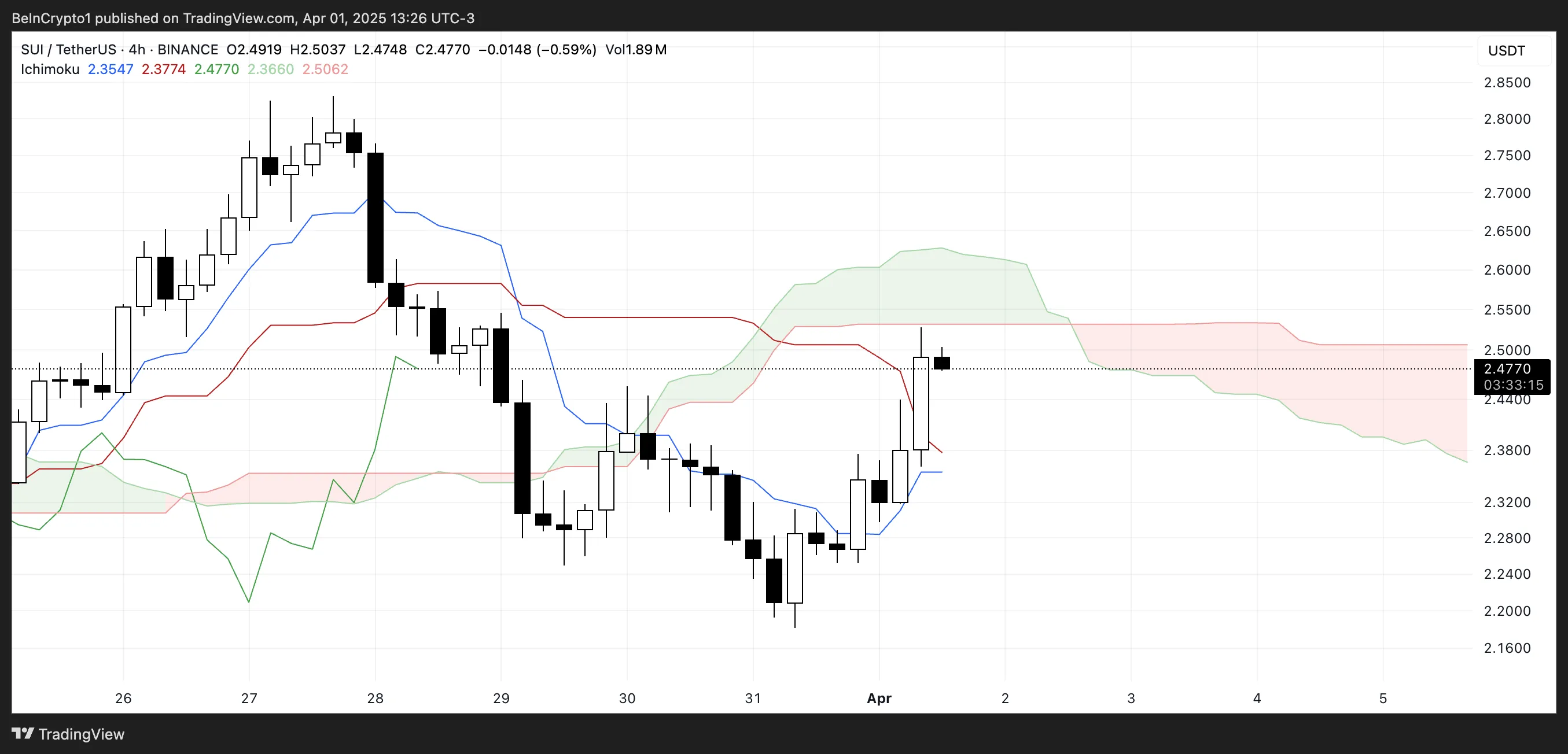
For now, the cloud remains bearish and flat, indicating possible resistance and a lack of strong upward conviction.
The current position suggests that SUI is at a key decision point—either break through the cloud to initiate a trend reversal or get rejected and slip back into the previous downtrend range.
If buyers can sustain the pressure and push the price above the upper cloud boundary, it could trigger a stronger rally. But without increased volume and broader market support, the price risks getting stuck in consolidation or turning back downward.
Will SUI Rise Back To $2.80?
SUI’s EMA lines are tightening and showing signs of a potential golden cross. That happens when a short-term moving average crosses above a longer-term one—a classic bullish signal that often precedes upward momentum.
However, the price is currently grappling with a key resistance near the $2.50 level.
If bulls manage to break through this level, it could open the path for a move toward $2.83.
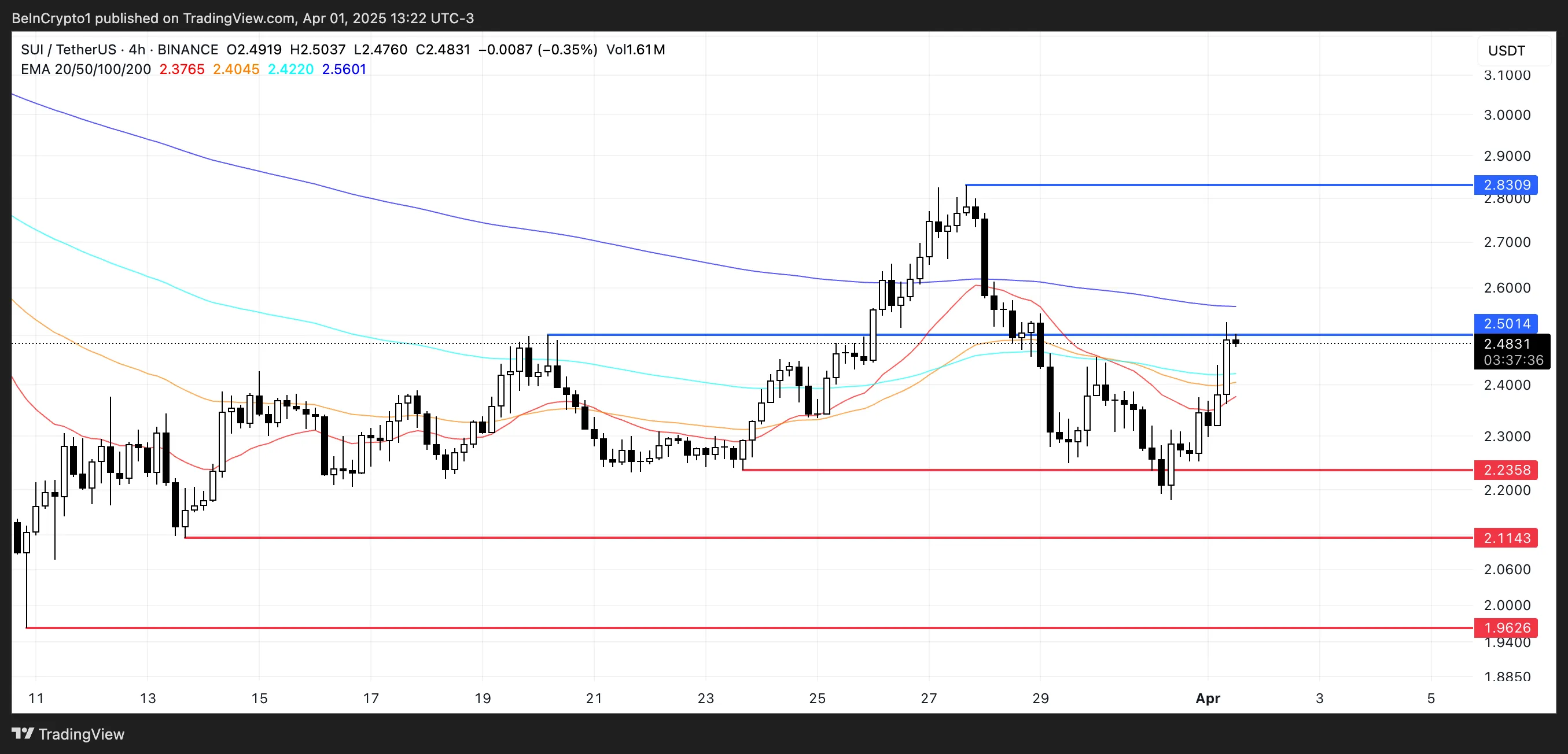
That said, downside risks remain, particularly with today’s $147 million token unlock, which could introduce significant selling pressure. If that selling materializes, SUI price could fall back to test the support at $2.23.
A breakdown below that level would likely shift momentum back in favor of bears. This would expose deeper supports at $2.11 and $1.96.
Disclaimer
In line with the Trust Project guidelines, this price analysis article is for informational purposes only and should not be considered financial or investment advice. BeInCrypto is committed to accurate, unbiased reporting, but market conditions are subject to change without notice. Always conduct your own research and consult with a professional before making any financial decisions. Please note that our Terms and Conditions, Privacy Policy, and Disclaimers have been updated.
Market
Circle Files for IPO


Leading stablecoin issuer Circle finally launched an IPO. It has been preparing for this launch for almost a year, and joins several other crypto firms that are interested in an IPO filing.
This gives Circle a number of opportunities, both to benefit financially and to better integrate with the financial infrastructure and regulatory apparatus.
Circle’s IPO Comes At Last
Circle, one of the world’s largest stablecoin issuers, just filed for an IPO. The firm has been planning this move for nearly a year, relocating to the United States to make the process easier. Since Trump won the most recent Presidential election, the firm’s chances of an IPO increased, and now it has finally pulled the trigger:
“For Circle, becoming a publicly traded corporation on the New York Stock Exchange is a continuation of our desire to operate with the greatest transparency and accountability possible. We are building what we believe to be critical infrastructure for the financial system, and we seek to work with leading companies and governments around the world in shaping and building this new internet financial system,” founder and CEO Jeremy Allaire claimed in the filing.
By launching this IPO, Circle has opened a few new doors for itself. Of course, it’s a substantial opportunity for revenue, but it’s also an important way to intensify the firm’s connections to the financial infrastructure. In this respect, it joins a number of other crypto firms that have sought their own IPO in the last month.
Circle’s IPO filing doesn’t list many concrete numbers, such as initial public offering price, number of available shares, proceeds to the selling stockholders, etc. However, this development is very recent. Further details will likely come to light as the sale progresses.
Disclaimer
In adherence to the Trust Project guidelines, BeInCrypto is committed to unbiased, transparent reporting. This news article aims to provide accurate, timely information. However, readers are advised to verify facts independently and consult with a professional before making any decisions based on this content. Please note that our Terms and Conditions, Privacy Policy, and Disclaimers have been updated.
-

 Market24 hours ago
Market24 hours agoCardano (ADA) Whales Hit 2-Year Low as Key Support Retested
-
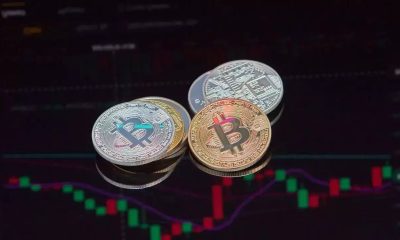
 Bitcoin14 hours ago
Bitcoin14 hours agoBig Bitcoin Buy Coming? Saylor Drops a Hint as Strategy Shifts
-
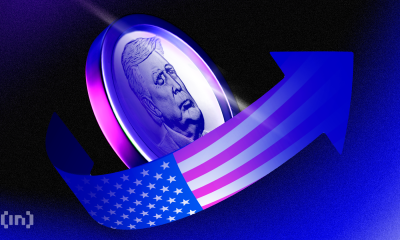
 Market23 hours ago
Market23 hours agoTop 3 Made in USA Coins to Watch In April
-

 Market21 hours ago
Market21 hours agoEthereum Price Faces a Tough Test—Can It Clear the Hurdle?
-

 Bitcoin13 hours ago
Bitcoin13 hours ago$500 Trillion Bitcoin? Saylor’s Bold Prediction Shakes the Market!
-

 Market20 hours ago
Market20 hours agoSolana (SOL) Holds Steady After Decline—Breakout or More Downside?
-

 Ethereum19 hours ago
Ethereum19 hours ago$2,300 Emerges As The Most Crucial Resistance
-

 Market19 hours ago
Market19 hours agoCFTC’s Crypto Market Overhaul Under New Chair Brian Quintenz


